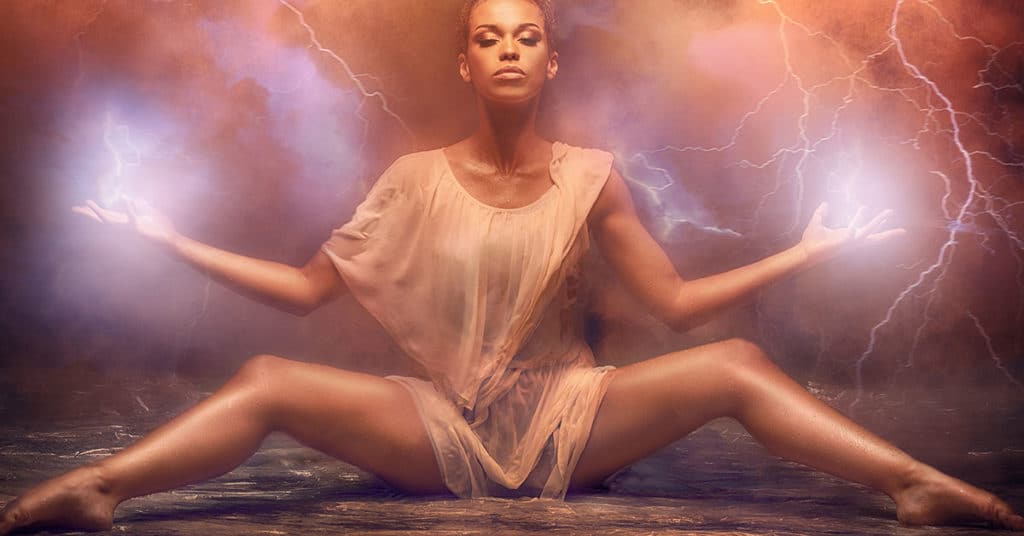The New York Philharmonic opens the new David Geffen Hall with New York Brazilian composer Marcos Balter’s sound and light composition “Oyá,” about the Yoruba orisha of Rebirth.
This is mind-blowing and wonderful. We had to look twice to be sure that the New York Philharmonic was really playing a concert about our beloved Yoruba orisha Oyá.
New York Philharmonic “Oyá”

The New York Philharmonic “Oyá” reopens David Geffen Hall and its 2022-23 Season with a world premiere sound and light fantasy about the Yoruba Orisha of rebirth. It’s by New York Brazilian composer Marcos Balter, with electronic soloist Levy Lorenzo and light artist Nicholas Houfek, on Wednesday-Tuesday, October 12-18, 2022. From $80. nyphil.org 🇧🇷
Marcos Balter
Marcos Balter is a Brazilian composer, so Oyá comes to him through the beautiful Afro-Brazilian religion Candomblé. That’s the root of Brazilian Samba, Brazilian Carnival and Uruguayan Milonga which later became Argentine Tango.
He’s the Fritz Reiner Professor of Musical Composition at Columbia University. For the last twenty years, he’s been working on compositions about the Yoruba Orishas, the helpers of the one God Olodumare (just like many other religions).
He told Eve Glasberg of the “Colombia News” that he wanted Orisha Oyá “to baptize and claim this new concert hall, to radically wash it clean from its history and to inundate it with forward-looking energy.”
We can’t think of anyone better for this purpose than her. Maferefún Oyá (God Bless). ¡Ashe! (good spiritual energy, like Amen).
